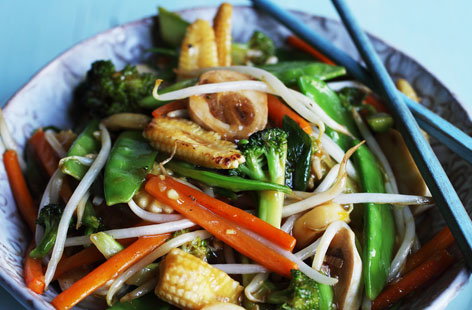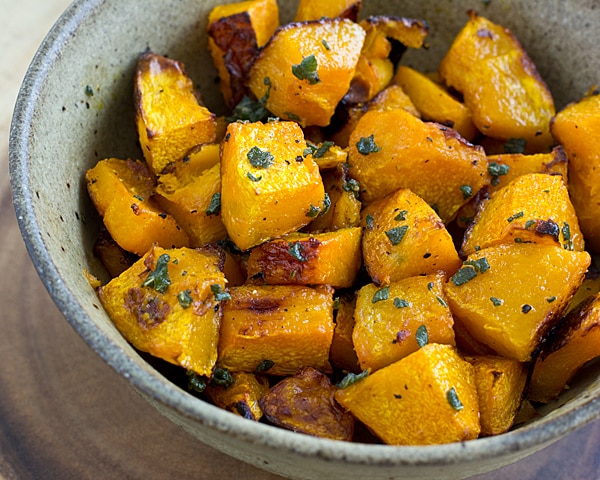One of the most basic questions we get asked as dietitians all the time is "what should I eat?". Its a fairly simple question with a complex answer. However, there are ways to simplify this question, especially when it comes to athletes. The best way to simplify it is by showing you how an athletes plate should look like based on their training regimen.
On easy training days, rest days or if I am trying to focus on weight management (probably during off season) my plate should look like the one noted above. Working less, requires less carbohydrates for energy but more produce to assist with recovery and sustaining health. It should contain:
- 1/4 grains, ideally whole grains such as whole wheat pasta, brown rice, quinoa, sweet potato, whole wheat bread, etc.
- 1/4 protein. Focus on lean protein such as chicken, turkey, fish, lean parts of the beef or pork, tofu, eggs, etc. Prefer grilled, roasted, broiled or baked over fried or pan fried.
- 1/2 vegetables and fruits. Example: green beans, roasted beets, salad, sauteed cauliflower, broccoli and carrots, etc.
- Make sure you always have healthy fats in there such as: olive oil, olives, nuts, seeds, avocado.
- Hydration is always important. Continue hydrating adequately with mainly water.
- Example of a whole plate: chicken breast, brown rice with almonds and broccoli or large salad with egg, cheese, pumpkin seeds, lettuce, tomato, onion, cucumber, carrots and cabbage.

- 1/3 grains. As noted before, prefer whole grains. A day before a game or a competition, you might want to consider limiting whole grains so they do not cause a stomach upset.
- 1/4 protein. As intensity increases we still need enough protein to help rebuild and recover.
- 1/3+ vegetables and fruits. Variety is important to help fight inflammation, assist with recovery and support a healthy immune system.
- Continue to incorporate healthy fats.
- Hydration - keep hydrating appropriately. Weigh before and after practice. For every pound lost, drink 16-20 oz liquid. Sports drinks could be incorporated. See previous post for more specific info on hydration.

- 1/2 grains. The higher the intensity the more we rely on carbohydrates. This plate may need to contain more easily digestible carbohydrates such as regular rice and white pasta vs whole grain to prevent stomach issues.
- 1/4 protein. As intensity increases we still need enough protein to help rebuild and recover.
- 1/4 vegetables and fruits. Variety is important to help fight inflammation, assist with recovery and support a healthy immune system.
- Healthy fats are increased slightly to accommodate inflammation as well as being able to meet calorie goals.
- Hydration continues to be very important. See above for recommendations















